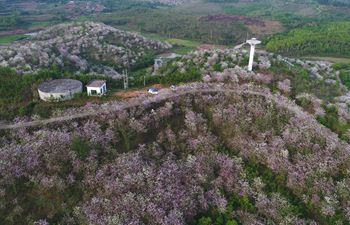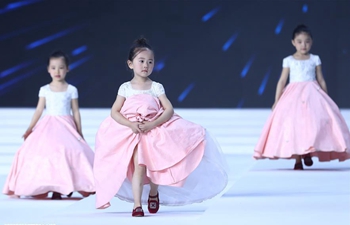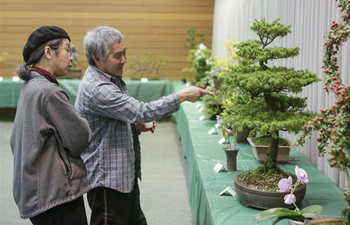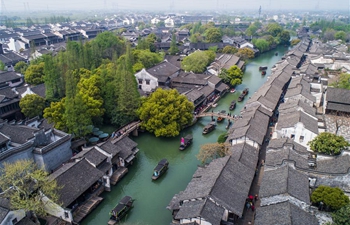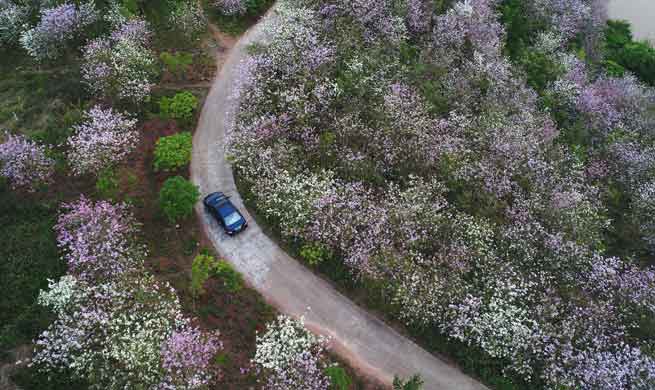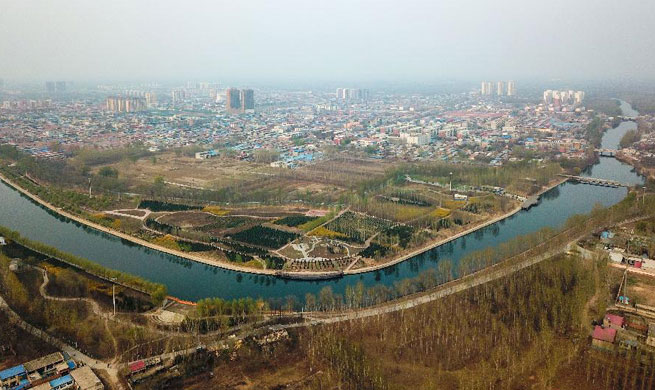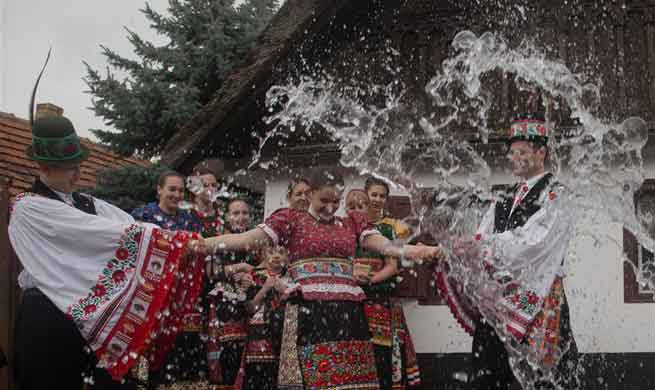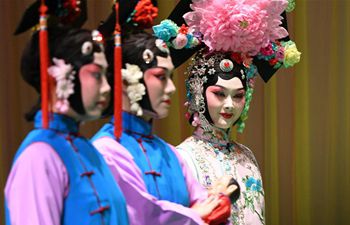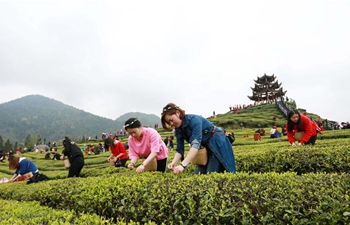BEIJING, April 2 (Xinhua) -- As Tiangong-1 re-entered the Earth's atmosphere on Monday, Chinese bid farewell to the experimental space lab, which is regarded as a pioneer of China's future space station.
The space lab re-entered the Earth's atmosphere at around 8:15 a.m. on Monday over the South Pacific, and was mostly burnt up in the atmosphere, the China Manned Space Engineering Office (CMSEO) said.
Launched at the Jiuquan Satellite Launch Center in northwest China on Sept. 29, 2011, Tiangong-1 was tasked to test the technologies in rendezvous and docking between spacecraft and to accumulate experience for developing a space station.
It had successfully docked with Shenzhou-8, Shenzhou-9 and Shenzhou-10 spacecraft, and was visited by six astronauts, including two females.
In June 2013, female astronaut Wang Yaping aboard Tiangong-1 delivered a lecture to students on Earth about physics, inspiring public enthusiasm for science and space exploration.
Tiangong-1 was in service for four and a half years, two and a half years longer than its designed life, making important contributions to China's manned space cause, paving the way for China to become the third country in the world to build a permanent space station around 2022.
Huang Weifen, deputy chief designer of the Astronaut Center of China, said, "The important role of Tiangong-1 would go down in China's space history. It had helped us accumulate precious experience in constructing space station."
"Although Tiangong-1 was only a transitional platform between the spaceship and space station, it's a key step for China to acquire the spacecraft docking technology, and it demonstrated the possibility of long-time space residence for the Chinese. The scientific imagination aroused by it among the Chinese is invaluable," said Bai Ruixue, a former space journalist and now CEO of a company focusing on public understanding of space science.
"When I was reporting the docking between Shenzhou-8 and Tiangong-1 at the Beijing Aerospace Control Center in November 2011, many people cried as they saw the two spacecraft, like two grains of dust floating in the vast universe, connected with each other. It's an extreme romance created by science and technology," Bai recalled.
"Tiangong-1 has carried millions of Chinese' space dream. Although it's only aimed to test the technologies for space station, it has many far-reaching effects," said Mao Xinyuan, a columnist for popularization of space science.
Related:
Backgrounder: Tiangong-1: pioneer of China' s space station




